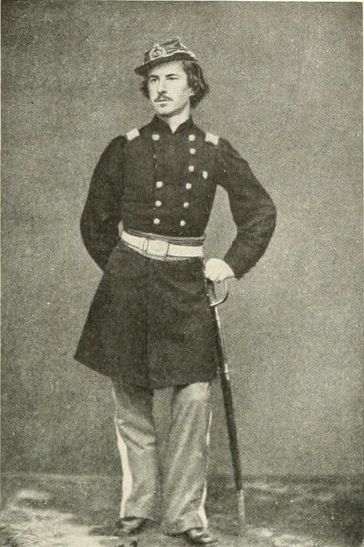During the American Civil War, technology moved at a rapid pace. A war fought on America’s soil was the perfect breeding ground for innovations, particularly in any area that could help the war effort. Advancement in medicine occurred during the war that led to today’s medicinal practices. Here are a few of the most important.
1. Ambulances
Ambulances today can be seen on an almost daily basis. Their significance is important. Before the invention of ambulances, the injured would be helped off the battlefield by whoever stopped to assist. Not only were men being distracted from the fighting, but they were not trained to help in any way once they moved the injured individual to safety.
There were some basic ambulance systems in place. They would often do more harm than good, as they would overturn or those in charge of the ambulances would deny service. Thanks to one revolutionary medic, Jonathan Letterman, a more efficient ambulance system was developed.
The new ambulance included a 750-pound wagon, powered by up to four horses and carrying up to six soldiers. Compartments were added to store all the supplies needed. Also, standards were put in place for ambulances, and they received frequent inspections, ensuring that those manning them were properly trained and not denying care.
2. The Anesthesia Inhaler
This inhaler helped make anesthesia more accessible to soldiers during surgery, a huge benefit for many. Before the anesthesia inhaler was invented by Dr. Julian John Chisolm, chloroform was soaked onto a handkerchief and held over a patient’s face. However, this was very expensive, as the chloroform evaporated and absorbed into the handkerchief so rapidly, much of the substance disappeared very quickly.
The inhaler, however, only used about one-sixteenth of that needed for the traditional method. Chloroform was dripped onto a sponge, and a patient breathed through a series of tubes. The chloroform mixed with air and created a more efficient anesthesia with a fraction of the product needed.

3. Plastic Surgery
Gurdon Buck was a doctor who performed facial reconstruction surgeries during the Civil War. He is now considered the father of modern plastic surgery. He helped disfigured men suffering from the results of being shot or hit with shrapnel in the face.
He stretched the treatment over several separate operations, to create the best effect possible. He photographed his progress and helped some regain a semblance of normality in their everyday lives.

One of his first patients was a Union private who was suffering from disfigurement after pneumonia, gangrene, and the removal of one cheekbone. Buck used dental and facial pieces to replace the bone, reshaping the patient’s face.
4. Sanitation
Up until this point, sanitation standards in medical care throughout the world were relatively lax. The instigation of sanitation was more stumbled upon than discovered, as hospitals needed to save money. With a lack of funds, they decided to reuse old bandages. Before reusing, they washed them with hot water and soap.
Those who received the reused bandages had lower infection rates. This was because those bandages had been sanitized, compared to newer bandages which had been exposed to all sorts of germs and bacteria before being placed on an open wound.
5. Prosthetics
Any discussion of medicine in the American Civil War and amputations are bound to come up at some point or another. The nature of the war and the weapons used caused amputations at a rapid rate and left many missing crucial limbs. As it so often does, necessity made way for invention, and 133 patents for prosthetic limbs were filed following the end of the war.
One of the most forward-thinking was created by James Hanger, who lost his leg. He created a prosthetic with rubber on the ankle and foot, a harbinger of prosthetic technology to come.
6. Embalming
Of course, not every soldier was lucky enough to make it through the surgical process, or even off the battlefield. This made way for a new kind of surgeon, one that previously was not needed – the embalming surgeon. These men were responsible for using this new technique to deal with the scores of dead who needed to be shipped home to their families. Railroads were increasingly refusing to carry dead bodies. Without embalming, there could not be a decent, family burial at the deceased’s home.
Dr. Thomas Holmes embalmed the first military fatality of the war, Colonel Elmer Ephraim Ellsworth, as a favor to Abraham Lincoln. He was successful and given an Army Medical Corps commission to embalm Union officers. He preserved thousands himself and sold his embalming fluid to other war surgeons.

7. Pavilion Hospitals
Up until this point, it was believed hospitals needed to keep patients tightly contained, not allowing their “harmful fumes” out into the open. However, at the suggestion of Florence Nightingale, hospital designs were rethought, and air ventilation began to be seen as a way to minimize disease spread.

The pavilion hospitals, as they were called, were designed with separate wards for different types of injuries and illnesses, helping to prevent the spread of disease. These pavilions were made up of several departments that were about 150 feet long and 25 feet wide, with high ceilings.
They were well ventilated, warm and let in natural sunlight while protecting the wounded from the elements. They were so successful that by the end of the war, the design had been adopted by public hospitals as well.
